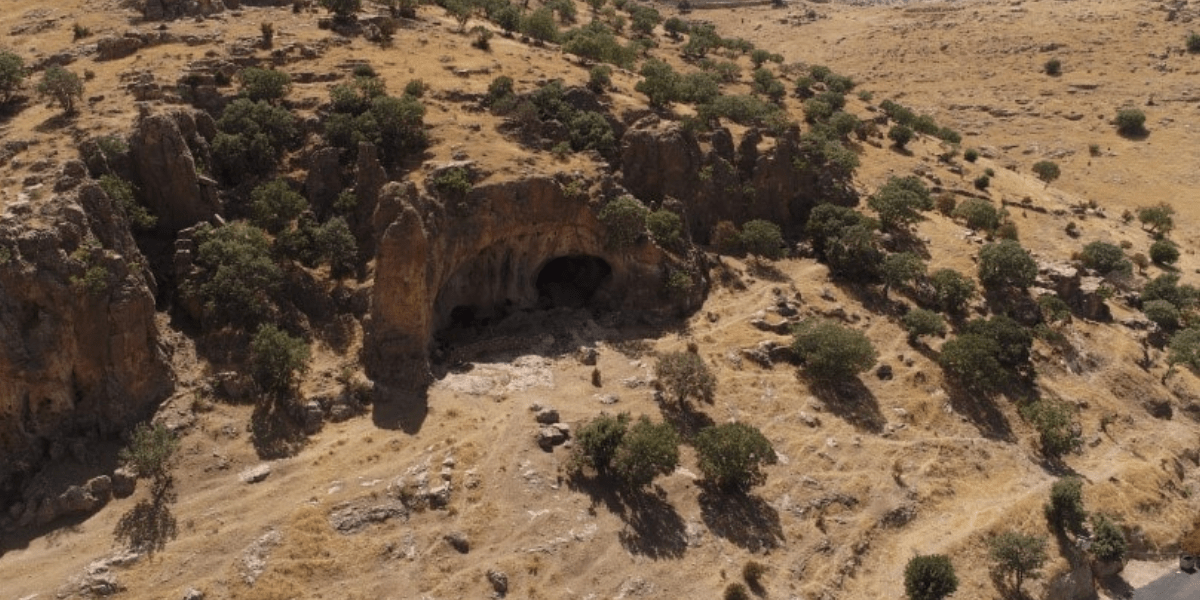
In a cave in southeastern Türkiye, traces of human life dating back 350,000 years have been discovered
In the Uluköy Cave located in the Gurs Valley of Mardin in southeastern Türkiye, traces of early human life believed to be 350,000 years old have been identified. The rescue excavations at Uluköy Cave are being conducted under the leadership of Associate Professor Dr. Ergül Kodaş. In the first season of the rescue excavations, findings
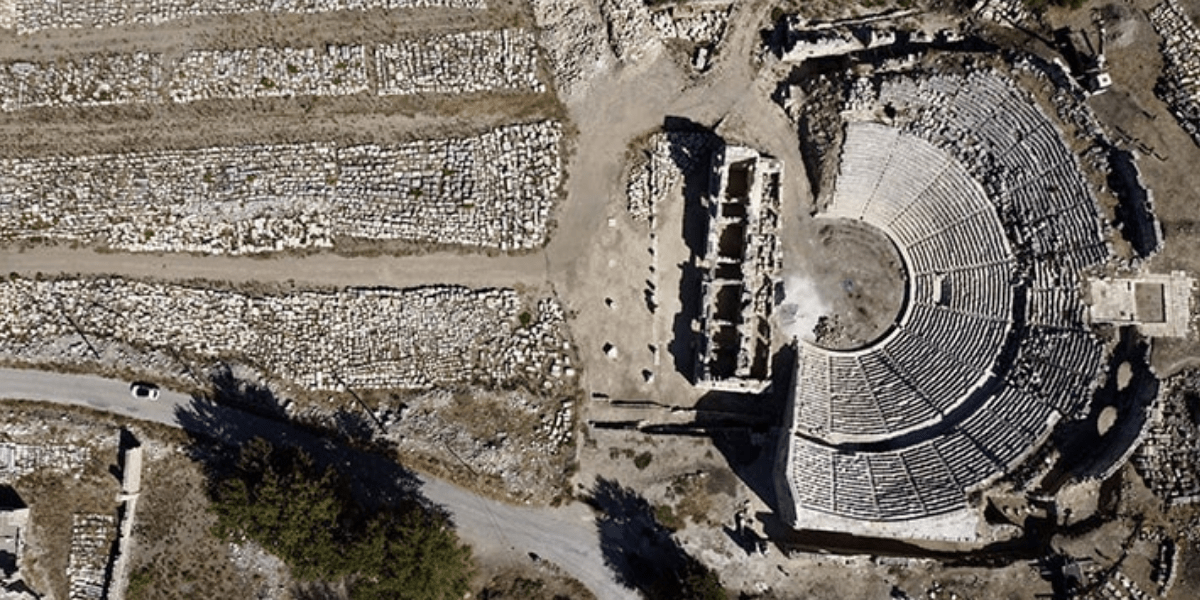
The council building, two baths, and a temple will be restored in the ancient city of Tlos
The council building, two baths, and a temple in the ancient city of Tlos, one of the important settlement centers of the Lycian civilization, will be restored. Excavations at the ancient city of Tlos, which is on the UNESCO World Heritage Tentative List, are being conducted under the leadership of Prof. Dr. Taner Korkut, a
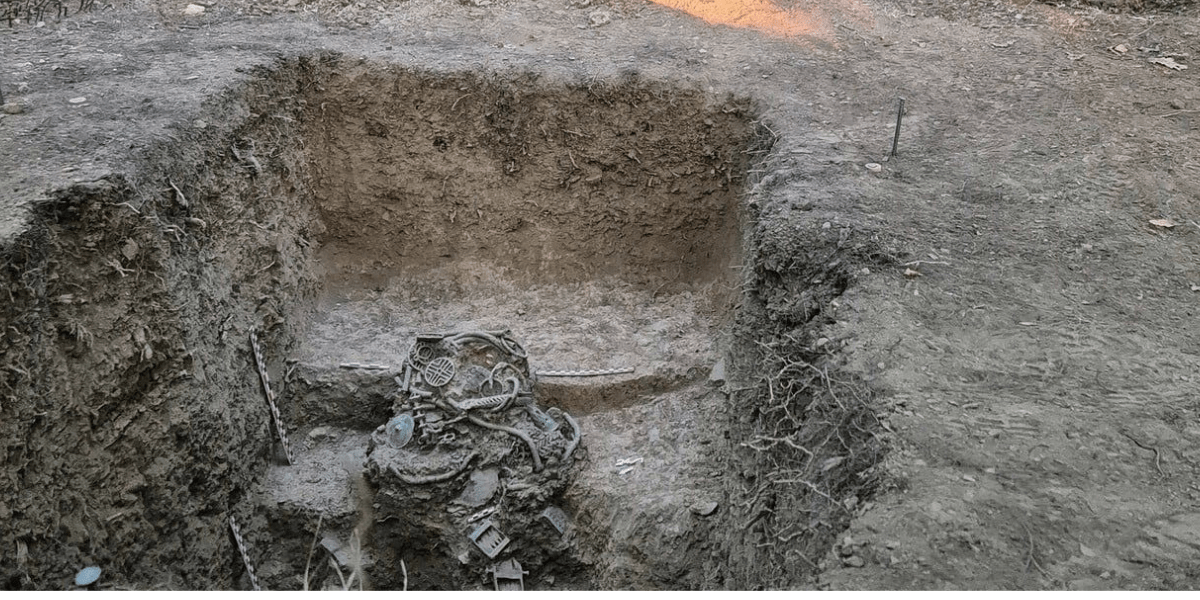
A trove of more than 60 bronze and iron artifacts, dating back 2,700 years, has been unearthed in Bükk, located in northwestern Hungary
A fascinating collection of over 60 bronze and iron artifacts has been discovered through research conducted by volunteers and students participating in an excavation project led by a university team focused on the Bronze and Iron Ages in Bükk, located in northwestern Hungary. The research centers on an ancient settlement situated at the peak of
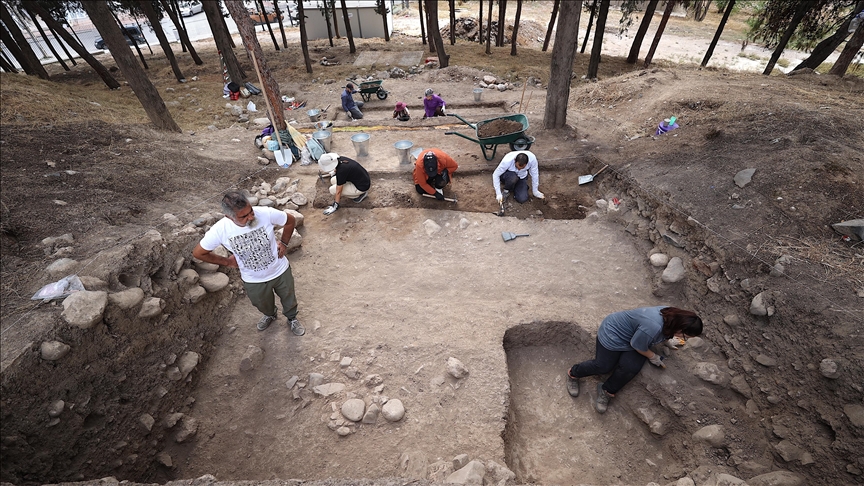
Two wheat species dating back 9000 years identified at Yumuktepe
Archaeobotanical research at the Yumuktepe Mound in Mersin has uncovered two types of wheat seeds dating back 9000 years. Considered one of the oldest settlements in Anatolia, Yumuktepe Mound has been continuously inhabited since the Neolithic period. Excavations at Yumuktepe revealed traces of many different cultures starting from the Neolithic period to the Roman and
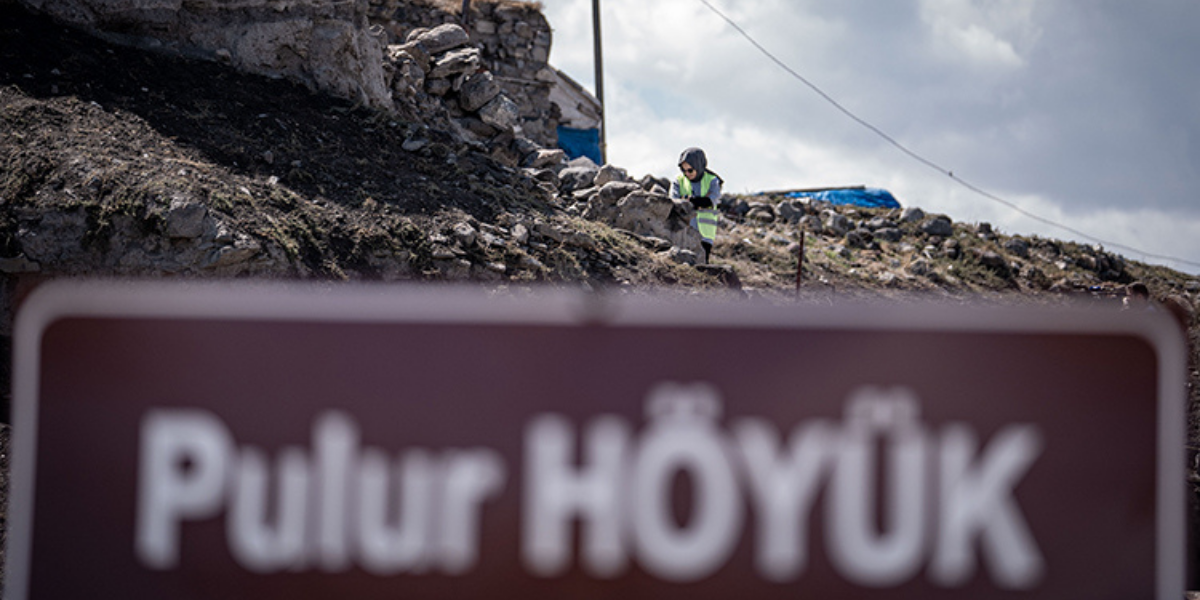
Traces of 7000 years of life found at Pulur Höyük in eastern Türkiye
Excavations at the Pulur Höyük (Pulur Mound) in the Ilıca district of Erzurum in eastern Türkiye have revealed traces of a 7,000-year-old settlement. Pulur Höyük excavations continue under the coordination of the Ministry of Culture and Tourism and under the direction of Assoc. Prof. Dr. Rabia Akarsu, a faculty member of Atatürk University Faculty of
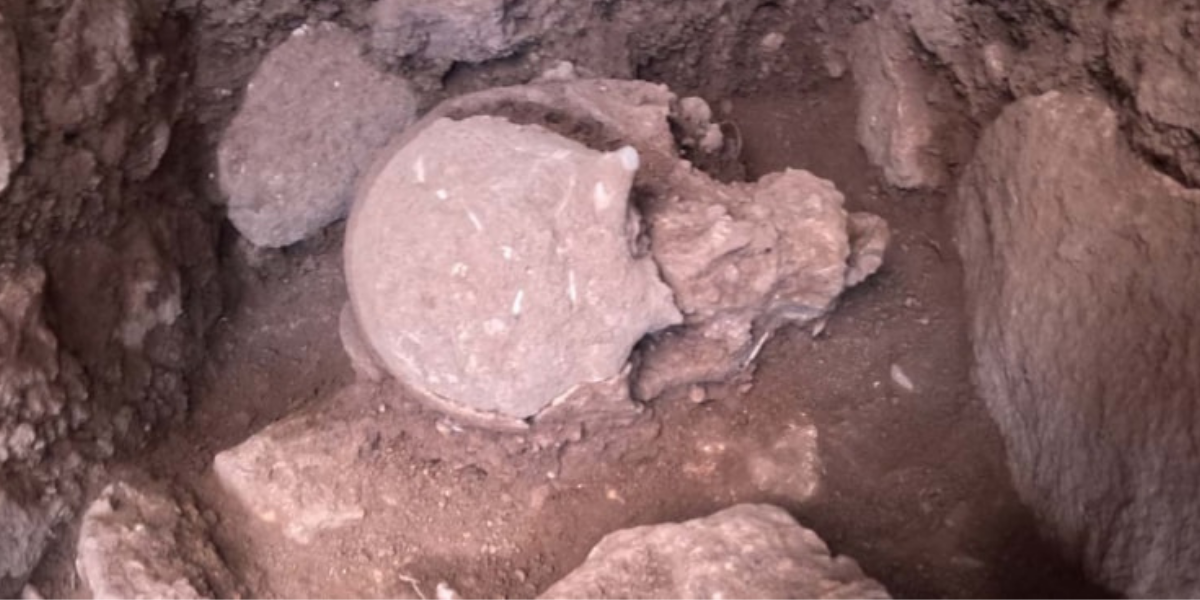
Neolithic human skull found in a niche at Sefertepe provides new insights into burial customs
The Neolithic human skull discovered during the ongoing archaeological excavations at Sefertepe within the scope of the Stone Hills Project (Turkish: Taş Tepeler Projesi) provides new information about burial traditions. Sefertepe is an important settlement from the Pottery-Free Neolithic Period located in the Viranşehir district of Şanlıurfa in southeastern Türkiye. Sefertepe provides important information about

An 8,200 year old stone kohl was found in western Türkiye
Excavations at the Yesilova Mound in western Türkiye have unearthed 8,200-year-old kohl made of stone material was found. Yeşilova Mound is located in Bornova district of Izmir. Yeşilova, which has a history of approximately 8500 years, is the oldest settlement in Izmir, dating back to the Neolithic Age. Excavation Head Assoc. Prof. Dr. Zafer Derin
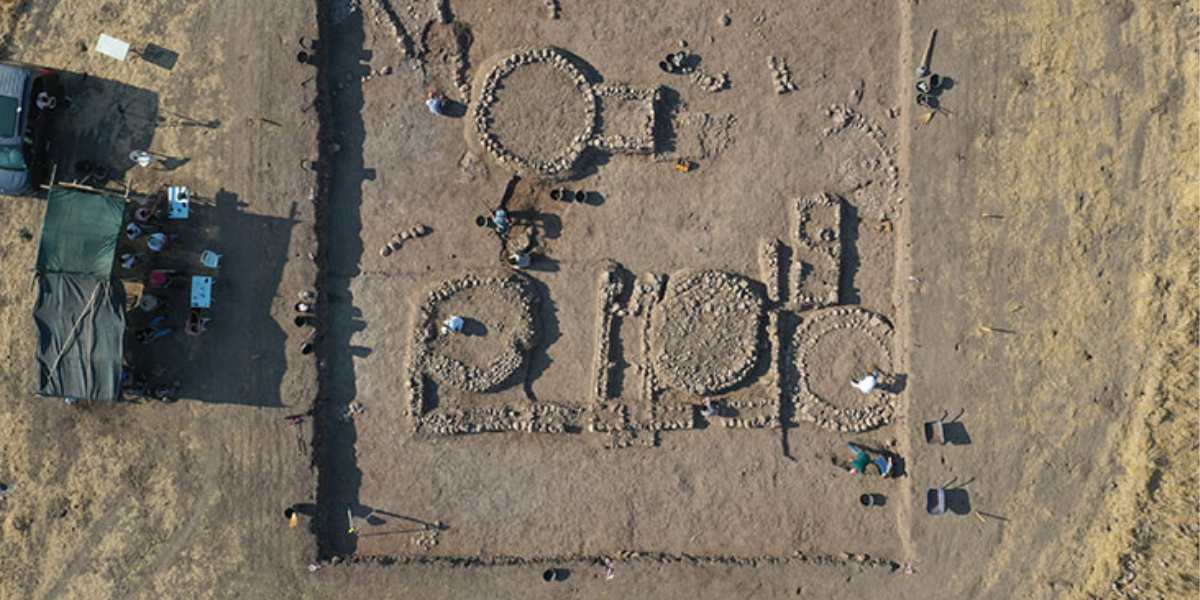
Child skeleton and silver ring dating back 7,600 years found at Domuztepe Mound
A child skeleton and a silver ring dating back 7,600 years were found in Domuztepe Mound, which has uninterrupted settlement traces since the Neolithic period. Located in Emiroglu Village, 32 km south-southeast of the city center of Kahramanmaraş in southern Türkiye, Domuztepe mound lies on the eastern bank of the Aksu River in the Maras
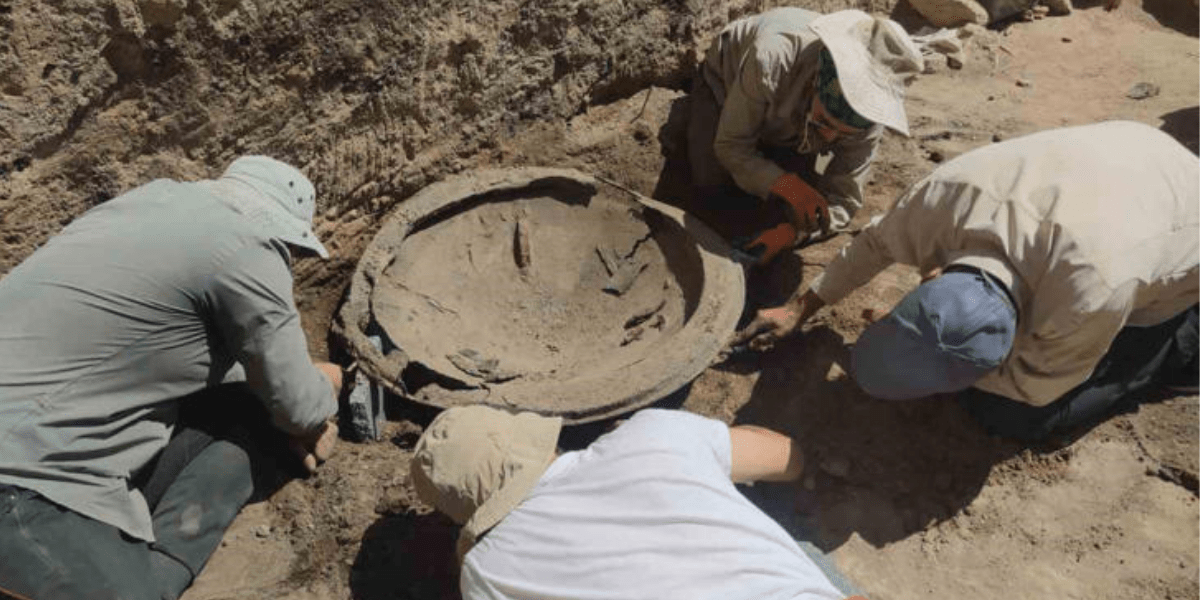
Three 2700-year-old bronze shields and a bronze helmet dedicated to the Urartian “god” Haldi found in Ayanis castle
Three bronze shields and a bronze helmet dedicated to the Urartian “god” Haldi were found in the fortress of Ayanis in the eastern Anatolian province of Van. The Urartian civilization was established in the region that today borders Türkiye, Iran and Armenia, especially in Eastern Anatolia, from the 9th century BC. This state, whose capital

A well-preserved comb was discovered in a unique fourth-century Alemannic chamber tomb in Germany
A rare Alemannic chamber tomb dating back to the early 4th century has been unearthed during a rescue excavation in the center of the village of Gerstetten in the Heidenheim district in southwestern Germany. The excavation was carried out by the archaeological specialist company ArchaeoBW on behalf of the State Monuments Conservation Office (LAD) of
